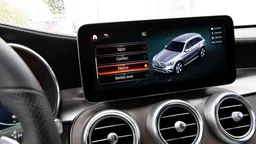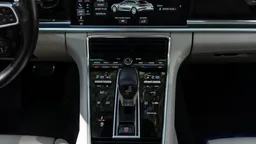Interested in this kind of news?
Receive them directly in your inbox. Delivered once a week.
The report Fuelling Europe’s Future: how auto innovation leads to EU jobswas commissioned by a consortium of transport interests, including car makers, car part suppliers, electric companies, lightweight metal suppliers, and T&E. Its technical analysis was done by Ricardo-AEA, with the economic modelling by Cambridge Econometrics.
Among its key findings are:
- Jobs would be created both by increased spending on vehicle technology and by a shift in spending away from imported fuels and onto other areas of the European economy. The predicted job increases vary according to different technological scenarios, with the most coming from Europe moving rapidly to a fleet of advanced hybrid, battery-electric and fuel-cell vehicles (up to 1.1m by 2030, and 2.3m by 2050).
- Fuel bills for cars and vans would come down by €58-83 billion in 2030 with a shift to low-carbon vehicles, and by €115-180bn by 2050. If today’s engines are merely optimised or turned into hybrids, the reduction will still be about €36bn by 2030.
- CO2 emissions would come down by 64-97% by 2050 in all low-carbon scenarios considered in the report. Air quality would be significantly improved with particle emissions down 73-95% by 2050.
The report’s authors stress that some jobs will be lost in transition to new technologies, for example in oil refining, and demand will be reduced for some automotive professions. But their job creation figures take into account the loss of existing jobs, and they say the pace of change is likely to allow time for the development of relevant new skills in Europe if industry and governments start planning now.
T&E’s clean vehicles manager Greg Archer said: ‘This report demonstrates the benefits of investing in innovative auto technology, but the full potential won’t be realised unless the automotive industry is compelled to meet specific targets in phases. This is why it is so important that the 2020 target for CO2 emissions should not be delayed, and why a tighter target needs to be set for 2025. Defending the car industry in its current form will prevent us from making the most of all these potential benefits for our society at large.’


